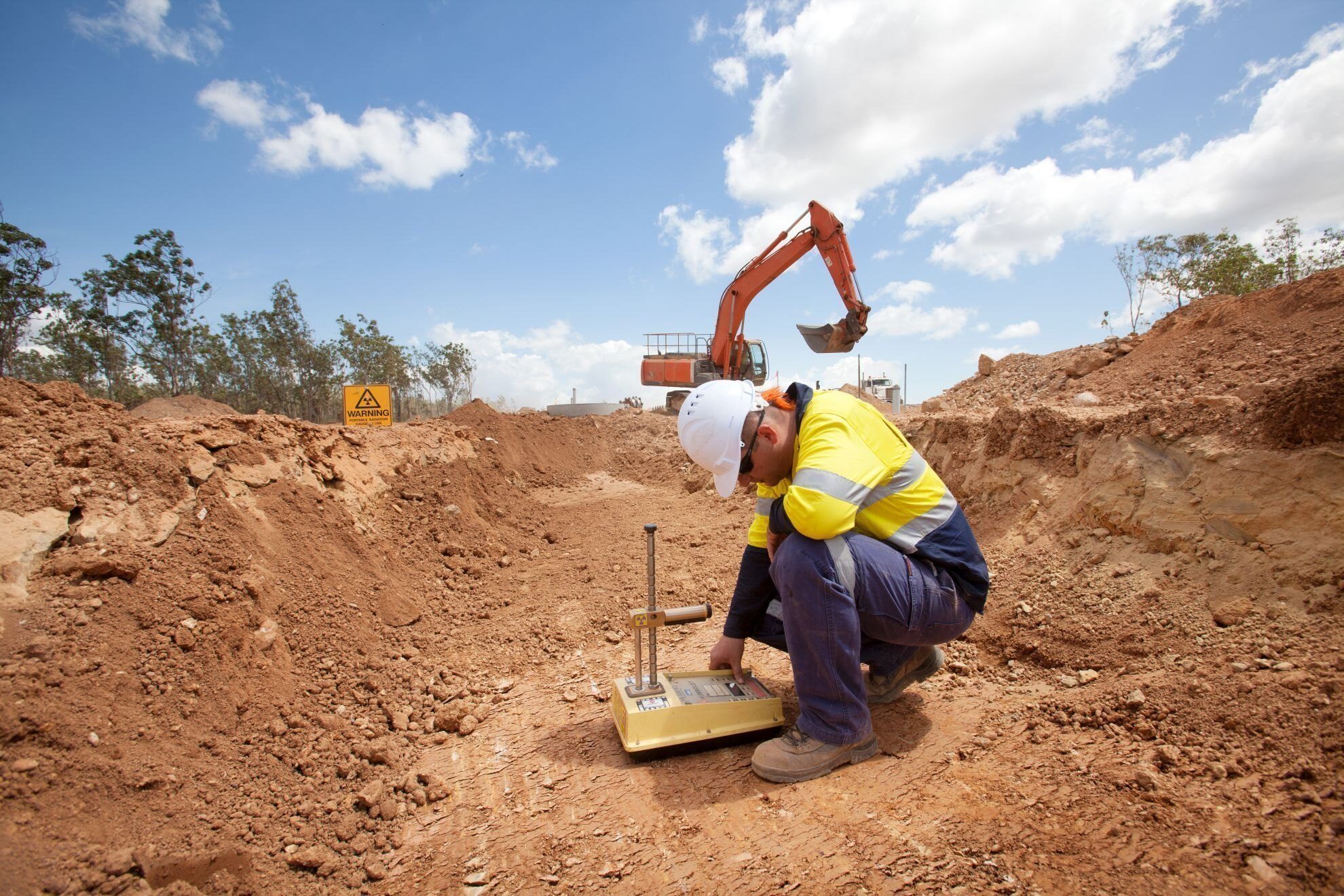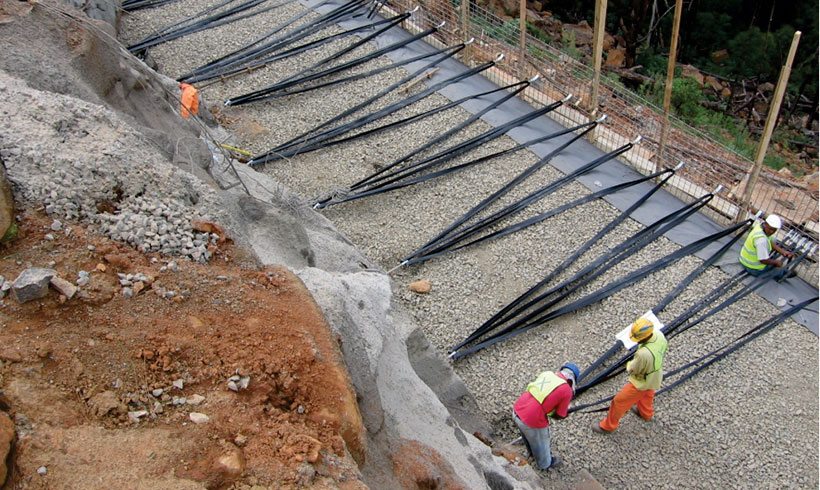The Facts About Geotechnical Engineering For Construction Projects Uncovered
6 Simple Techniques For Geotechnical Engineering For Construction Projects
Table of ContentsNot known Factual Statements About Geotechnical Engineering For Construction Projects Some Known Facts About Geotechnical Engineering For Construction Projects.Geotechnical Engineering For Construction Projects - The Facts5 Easy Facts About Geotechnical Engineering For Construction Projects ShownSome Ideas on Geotechnical Engineering For Construction Projects You Should KnowSome Known Facts About Geotechnical Engineering For Construction Projects.The Only Guide for Geotechnical Engineering For Construction Projects
Principles and Method of Ground Renovation. Ground Renovation Principles And Applications In Asia. Style evaluation in rock technicians.Cengage Knowing, Stamford, 666 p. Atkinson, J., 2007. The technicians of dirts and structures. The Observational Technique in ground engineering principles and applications.
Some Of Geotechnical Engineering For Construction Projects
Laboratory and area testing plays an important function in this process. By removing examples from the earth's subsurface and using a suite of examinations, geotechnical engineers can forecast the behavior of dirt layers and examine their suitability for numerous building efforts. The essence of geotechnical engineering in civil design can not be overstated, attributable to a number of elements: The initial action in any kind of geotechnical research study entails identifying the dirt type at the building and construction site.
Understanding these qualities makes sure that only appropriate dirt types are chosen for the advancement, thereby averting potential structural failings. The structure acts as the bedrock of any kind of construction task. Choosing the ideal foundation type is a decision that depends upon the extensive evaluation given by geotechnical engineering. This guarantees the long life and stability of structures by fitting the lots they will certainly birth.

Geotechnical site investigation is a crucial step in the planning and execution of any type of building job. It includes the collection and analysis of data connected to the physical properties of dirt and rock beneath a suggested building site. This info is important for the design and building and construction of secure, secure, and lasting structures.
Geotechnical Engineering For Construction Projects for Dummies
, also understood as subsurface expedition, entails a collection of activities intended at identifying the soil, rock, and groundwater conditions at a building and construction site. The main objectives are to determine potential geotechnical risks, analyze the engineering residential or commercial properties of subsurface products, and give recommendations for the style and construction of structures, preserving wall surfaces, and other structures.
The workdesk study assists in determining prospective geotechnical problems and preparing the subsequent fieldwork. This includes observing the topography, drain patterns, existing frameworks, plants, and any type of indicators of instability or disintegration.
All about Geotechnical Engineering For Construction Projects
Shallow examination pits are excavated to straight observe and example the soil and rock. This method works for researching the upper layers of the subsurface and identifying near-surface hazards. Non-invasive geophysical techniques, such as seismic refraction, ground-penetrating radar (GPR), and electrical resistivity tomography (ERT), are used to map subsurface problems and find anomalies.
Dirt and rock samples collected during the area investigation are subjected to lab testing to establish their physical and mechanical residential or commercial properties. Usual lab examinations consist of grain dimension analysis, Atterberg restrictions, compaction examinations, triaxial shear examinations, and loan consolidation examinations. These examinations offer vital data for geotechnical evaluation and design. The data accumulated from the desk study, website reconnaissance, field examination, and research laboratory testing are evaluated and interpreted to establish a comprehensive understanding of the subsurface conditions.
The primary benefit of geotechnical website examination is ensuring the security and security of this frameworks. By understanding the subsurface conditions, designers can design foundations and other architectural aspects that can withstand the tons and environmental pressures they will go through. This lessens the threat of negotiation, decrease, and structural failing.
Little Known Facts About Geotechnical Engineering For Construction Projects.
Understanding soil attributes can direct the choice of excavation strategies, dewatering methods, and ground renovation procedures. This guarantees effective and safe building practices. Geotechnical website investigations are typically required by developing codes and laws. Following these requirements ensures conformity with lawful and security standards, staying clear of prospective legal responsibilities and job hold-ups.
This information is invaluable for job managers, engineers, and specialists in developing sensible timetables, budget plans, and contingency strategies. Geotechnical Engineering for Construction Projects. Skyscraper in a Coastal AreaIn a coastal city, a high-rise residential structure was intended on a site with thought loosened sand down payments and a high water table. An in-depth geotechnical investigation, including borehole boring, CPT, and geophysical studies, was conducted
Getting My Geotechnical Engineering For Construction Projects To Work
Based on these findings, the structure layout was customized to include deep stack foundations extending right into stable strata, and ground enhancement techniques, such as vibro-compaction, were executed to reduce liquefaction dangers. This positive method guaranteed the security and stability of the building while avoiding costly post-construction hop over to these guys removal. Framework Growth on a Sloping TerrainA significant facilities job, involving the construction of a highway and bridges, was intended on a hilly surface with high slopes.

The Leaning Tower of Pisa (Italy), a famous architectural marvel, is infamous for its unintentional tilt from significant geotechnical issues. The tower's foundation was improperly created to deal with the soft, unstable dirt underneath it, bring about unequal settlement and its unique lean. Our world is dotted with impressive framework projectsfrom looming high-rise buildings to stretching bridgesall standing statement to the evolution of the numerous building equipment and approaches readily available.
Geotechnical engineering is a specialized area within civil engineering that concentrates on studying the behavior of planet materials. This branch dives deep into the groundinvestigating just how the dirt, rock, and groundwater at a construction website can influenceand be influenced bythe framework that we erect on and right into them. Before a solitary brick is laid or a concrete structure put, geotechnical engineers probe right into the earthgathering important data about the site's dirt structure, rock structure, and groundwater degrees.
The Of Geotechnical Engineering For Construction Projects

is a tool utilized to analyze the stability and load-bearing ability of heaps during installment, leveraging the concept of wave propagation. It enhances building and construction efficiency by offering real-time evaluations, therefore making certain safe and effective stack structures. Among the useful applications of geotechnical engineering involves making a decision and implementing the best this approaches for structure building and construction.
Pile driving represents more than the plain act of inserting structural elements into the ground. As a matter of fact, it is a carefully managed procedure of moving a structure's tons past the less stable soil layers closer to the surfacedown to the much more considerable strata that lie underneath. In the instance of pile driving, consider how geotechnical engineers adeptly use this technique to evenly disperse the framework's weight.